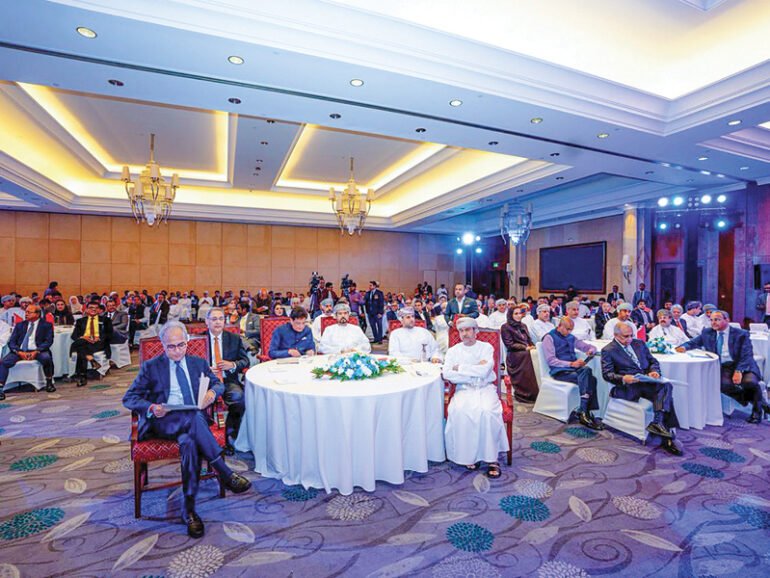Organisation for Economic Cooperation and Development (OECD) records unprecedented influx
After the ebbing of the Covid-19 pandemic, worldwide migration has surged to unprecedented levels, with the Organization for Economic Cooperation and Development (OECD) nations witnessing a record-breaking influx of 6.1 million individuals seeking permanent residency in 2022, according to reports.
India has emerged as the primary source of migrants, surpassing China for the consecutive years of 2020 and 2021.
In 2022, permanent migrants entering OECD member states increased by 26% compared to the previous year and 14% from 2019, pre-pandemic. The United States topped the list as the preferred destination, welcoming 1.04 million migrants, followed by Germany, the UK, Spain, and Canada.
Family reunification constituted 40% of the total migration, while those seeking employment rose by 36% year-on-year, comprising 20% of the total migrants.
The three key factors driving this surge, as highlighted by Jonathan Chaloff, a senior policy analyst at the OECD International Migration Division, include the processing of applications delayed during the pandemic, increased labor migration due to post-Covid demand, and significant policy changes in key OECD countries.
Chaloff anticipates a sustained growth in permanent migration beyond 2023, citing demographic changes and the demand for specific types of labor in the face of shrinking youth cohorts in most OECD countries.
Simultaneously, temporary migration has also seen a substantial uptick, reaching over 2.4 million individuals in 2022, a 77% increase from the previous year. The demand for temporary migrants, including seasonal agricultural workers and working-holiday participants, is rising globally, with the U.S., Australia, Canada, and Japan featuring prominently as destinations.
India has emerged as a migration powerhouse, with over 400,000 citizens leaving for OECD nations in 2021, outpacing China, Romania, and Ukraine. Factors contributing to India’s migration surge include an increasing number of overseas workers, with Indians outnumbering migrants from other countries in Australia, Canada, New Zealand, and Sweden. The U.S. is a particularly attractive destination for Indian workers, with 90% of H1B visas, designed for specialty workers in high-tech fields, being issued to Indians.
The trend extends to students as well, with many Indians opting to study abroad in English-speaking countries such as Canada, Australia, and the U.K. Indians exhibit a higher likelihood of staying in their host countries after graduation, driven by policies allowing visa holders to work for two years post-graduation.
This trend is underscored by the success stories of prominent figures like Google CEO Sundar Pichai and Microsoft CEO Satya Nadella, highlighting the global demand for Indians with advanced skills, particularly in high-tech sectors.
************************************************************************
Readers








